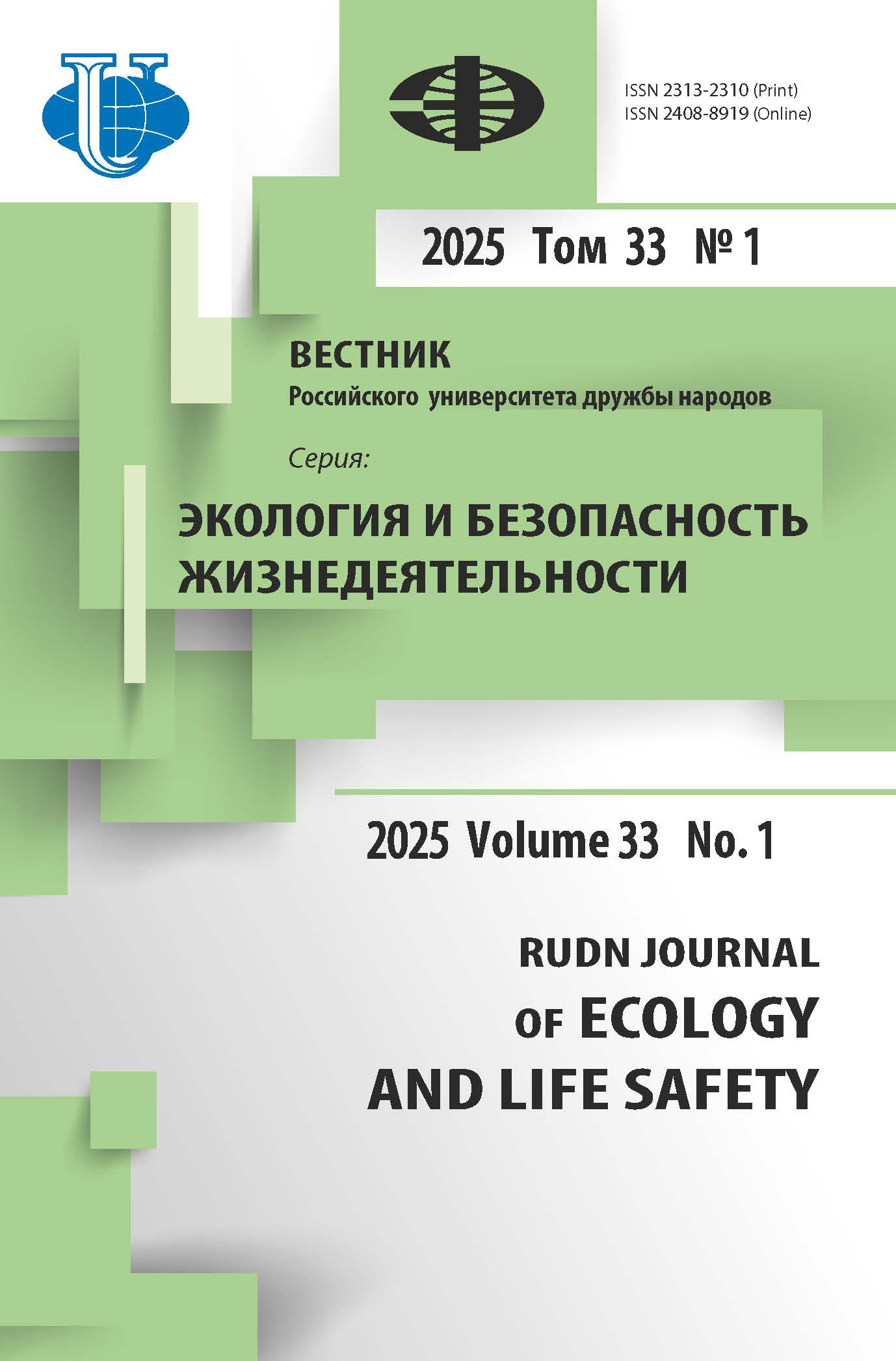Abstract
Generalizations of territorial allocation of natural complexes (NC) on their identification in the taiga and forest-steppe protected and developed territories as the main stage of complex research providing structural and functional analysis of their condition when assessing the impact of mammals Alces alces L ., Capreolus pygargus pygargus Pallas, Cervus elaphus sibiricus Sever., Cervus nippon Tim., Sus scrofa L., Castor fiber L., Meles meles L., Meles leucurus Hodgsen, Ursus arctos L., when feeding on and trampling the plant component in specific biogeocenoses (BGC). At high biomass of herd domestic ungulates 150-180 kg/ha their interrelations on pastures are shown with limited amount of forage plants and impact on vegetation cover leads to negative changes. Biomass of wild animals (up to 10 kg/ha) does not exceed zonal structural parameters of BGC, their interrelations are shown locally, with a large number of plants and impacts of subpopulations are balanced in processes of forest formation, productivity, accumulation and destruction of plant mass, respectively, in substance-energy flows, providing a sustainable functioning of NC. In places of intensive activity of animals (in former NCs) there are synanthropic plant species that grow abundantly in other communities, where zooanthroponous foci of diseases dangerous to humans also arise, advancing to urbanized areas.
















